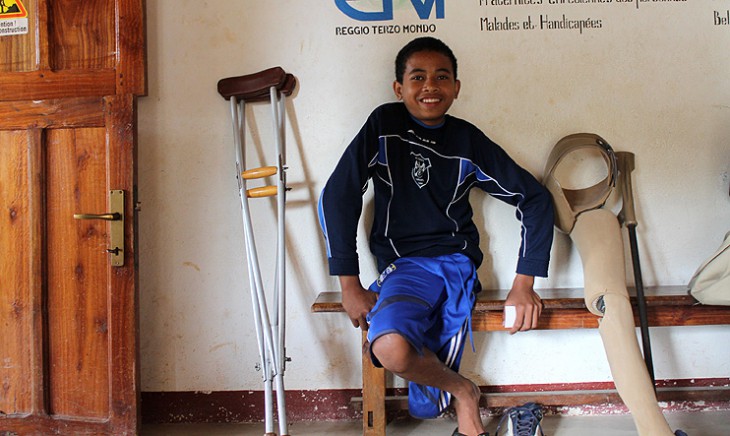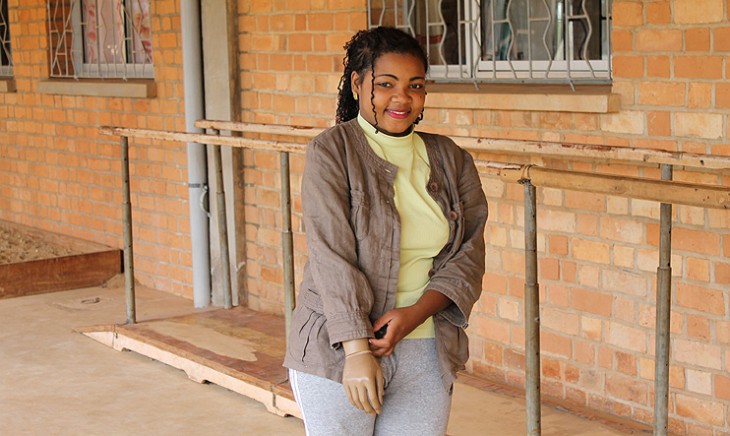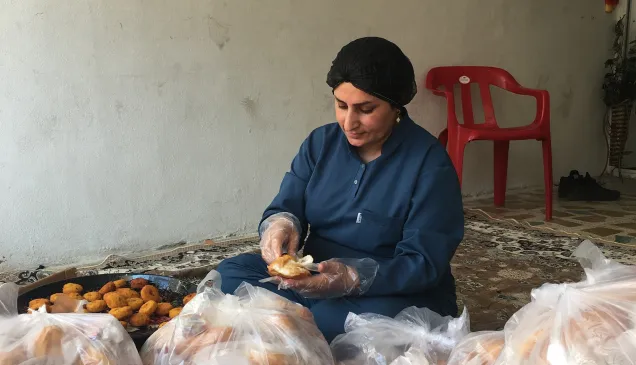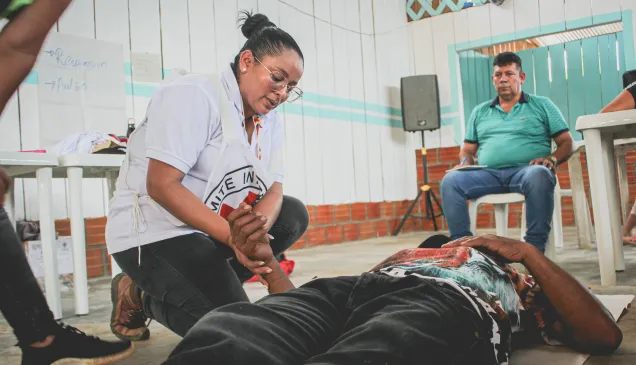Madagascar: Akanin’ny Marary does quality work for people with physical disabilities
The Akanin'ny Marary ("Home for the Sick") Centre in Madagascar is located in Ambositra, a town in the Amoron'i Mania region, Fianarantsoa province. It treats people with leprosy, tuberculosis and mental-health problems and is also a major prosthetic rehabilitation facility that receives support from the ICRC Special Fund for the Disabled.
Meticulous attention to detail
Most people who go to the Centre for prosthetic rehabilitation have some type of deformity of the lower limbs. "In Malagasy society, the body's lower limbs are viewed as more important than its upper limbs, which is why fewer people make appointments for their arms and hands," explained Christian Rafamatanantsoa, who is the senior prosthetic/orthotic technician at the Centre. "All too often, unfortunately, people wait too long to seek treatment and their limbs can't be saved. Most of our adult patients are diabetic and have had their feet amputated, whereas the majority of the children we see have clubfoot."

The work done by prosthetic/orthotic technicians requires utmost precision: "Even when two patients have had thigh amputations, each is unique," explained Christian. "The prosthesis is designed to perfectly fit each individual's body and disability. A multidisciplinary team made up of a physiotherapist, a social worker, a prosthetic technician and a doctor then works with the patient." The technical side and the physical rehabilitation have to come together for the sake of the patient's physical and mental well-being and social reintegration. The Centre is unique in Madagascar for its specialized equipment and trained staff.


Just happy to help
"Seeing a patient who couldn't even stand when he came to the centre now able to walk, seeing the smile lighting up his face – that's what gives me the greatest satisfaction," said Christian.


See also: website of the ICRC Special Fund for the Disabled



